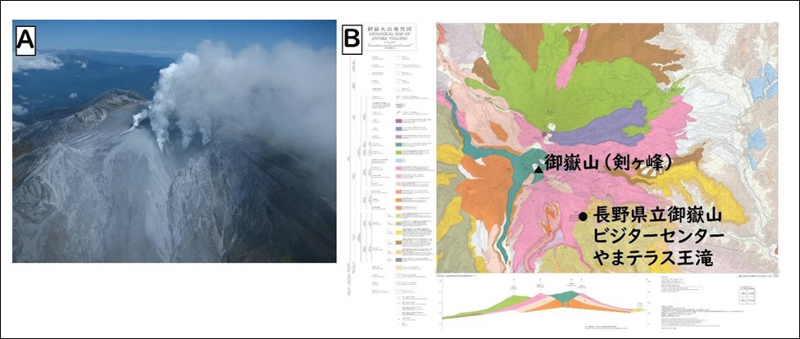2025-04-29 九州大学
雲の射出率フィードバックの概念図:雲中に(a)氷晶が多く雲の長波放射射出率が小さい場合は長波放射の吸収・再放射が弱いために温室効果も弱い一方、(b)雲粒が多く雲の長波放射射出率が大きい場合は温室効果が強くなる。地球温暖化に伴い(a)から(b)の状態に相変化が生じると、温暖化を加速させる正のフィードバックとして働くと考えられる。
<関連情報>
- https://www.kyushu-u.ac.jp/ja/researches/view/1245
- https://www.kyushu-u.ac.jp/f/61569/25_0429_01.pdf
- https://spj.science.org/doi/10.34133/olar.0089
雲の放射率フィードバックは現在と将来の北極の温暖化にどう影響するか? How Does Cloud Emissivity Feedback Affect Present and Future Arctic Warming?
Momoka Nakanishi and Takuro Michibata
Ocean-Land-Atmosphere Research Published:29 Apr 2025
DOI:https://doi.org/10.34133/olar.0089
Abstract
The Arctic is warming at a rate higher than the global average. Notwithstanding the differences between models and observations, particularly those based on clouds, the physical linkage between cloud process representations and Arctic climate projections remains uncertain. Here, we investigated the simulated and observationally estimated relationships between cloud–radiation interactions and Arctic warming using 30 CMIP6 models, satellite retrievals, and reanalysis data. The underestimated cloud liquid fraction in the models yielded insufficient cloud longwave emissivity and underestimated cloud radiative surface warming. In response to future warming, excessive variations in the ice-to-liquid cloud phase would result in an overestimated increase in cloud emissivity. This process enhances cloud radiative surface warming (and thus Arctic warming) until cloud emissivity attains an asymptotic value of one (blackbody). This implies that the feedback process termed “cloud emissivity positive feedback” in this paper is time-dependent. This, in turn, emphasizes the importance of the cloud phase representation that is consistent with observations of the present climate. Our results explain why the wide inter-model spreads in projected future Arctic warming can be attributed to cloud bias. Thus, these provide a better understanding of uncertain factors in atmosphere–ocean–cryosphere interactions.



